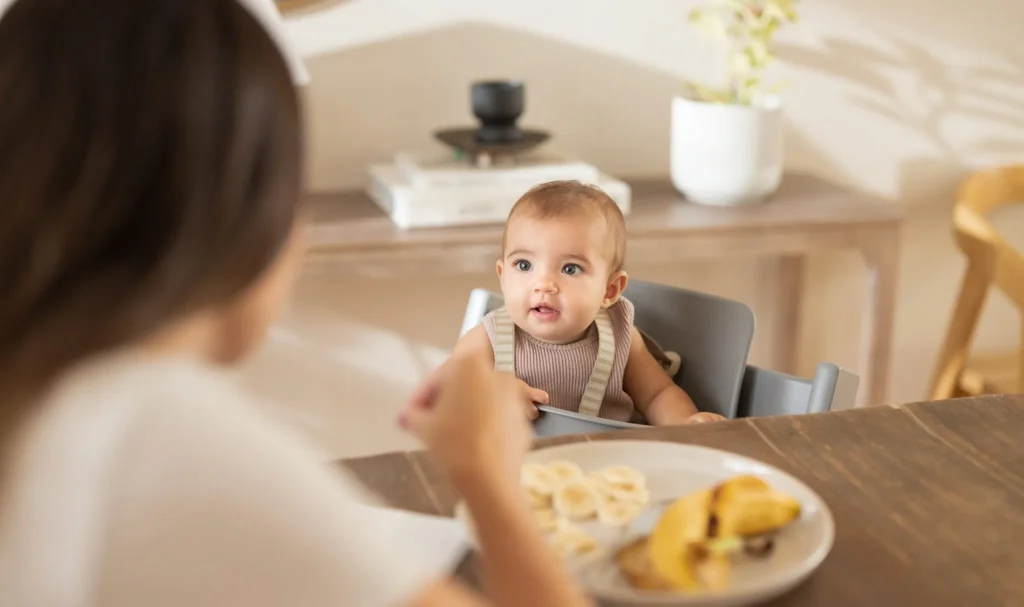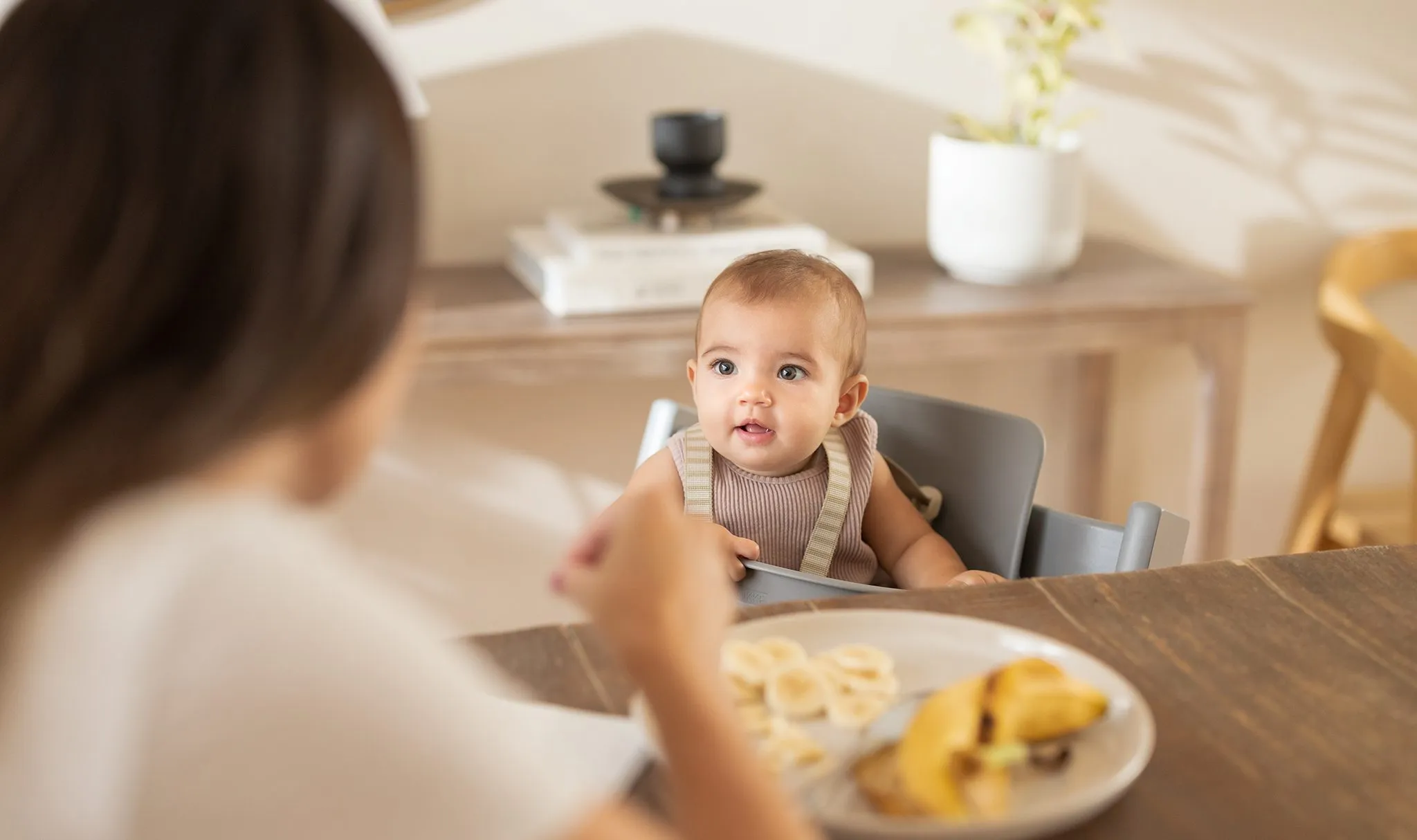
Use this age-by-age chart to determine the recommended food intake for your child and to learn how to foster lifelong good eating habits.
We want the best for our kids, which means we want them to have wholesome connections and be in stable partnerships. We want children to be happy and to get care for their mental, social, and emotional needs. All parents desire for their children to “be well.” Because living well is crucial to staying healthy. Our children should be in good physical condition. But how can you tell whether your child is receiving proper nutrition? How do you make sure your child eats enough? (Food for child)
You Can Also Read Our Book By Clicking on this LINK:- https://amzn.to/43HedXx
This chart outlining the exact amount of food kids require at each age. Along with advice on how to remain on track. Was put together with the cooperation of nutrition experts to help clear up the uncertainty. If you heed their advise, you’ll be able to scratch off your list of worries regarding your child’s weight.
How Many Calories Do Infants And Young Children Require?
Daily Calorie Requirements 1,000 – 1,400
Remember that infant of yours who ate anything that fell into their high chair tray, including chicken, squash, and most other foods? They’ve probably been replaced with someone who is far less pleasant to eat with. Growth and appetite in babies slow down after the first year. According to recommendations from the Institute of Medicine. Infants need between 35 and 50 calories per pound, while toddlers need between 35 and 40 calories per pound. How will you know when you’ve struck your target?
Embrace a child’s intuition. A 2-year-appetite old’s will often vary from day to day, which is normal. Yet, up to 85% of parents claim to encourage their children to eat more by rewarding them and complimenting them when they take a few extra bites. According to a study by researchers at the University of California, San Francisco. When your child pushes their dish away, trust them. If not, they’ll start eating when they’re not hungry, which is a dangerous trend. According to Tanja Kral, Ph.D., “keeping your child aware of their hunger may go a long way to help avoid obesity.”
After just a few bites, kids are leaping down from the table to play because they are simply too active to eat. Dina Rose, Ph.D., a sociologist in Hoboken, New Jersey, who specialises in children’s eating habits, adds that it’s acceptable to have healthy snacks (such as bite-sized veggies, fruit, cheese, and whole-grain crackers) within arm’s reach during playtime. But serve the majority of meals and snacks at the table so eating there becomes a habit.
Follow a timetable. Offer meals and snacks at intervals of around three hours. According to Jill Castle, R.D., author of Fearless Feeding: How to Raise Healthy Eaters From High Chair to High School, this helps keep your child at a healthy weight by “normalising” hunger. A youngster that constantly nibbles will never experience hunger. Also, you’ll both be aware that there will be another opportunity to eat in a few hours if your youngster skips a meal.
Beware of food bribes. Certainly, a few bites of peas or chicken will give you a little boost. But encouraging your child to eat more than they desire might lead to a pattern of overeating. Also, you are misrepresenting food. Children won’t learn to truly like veggies if they believe that they are merely the unpleasant food that must be consumed in order to get to the good stuff, according to Rose.
A Sample Menu For Children Aged One to Three
Toddlers should only have two cups of whole milk per day at most; if your child is still thirsty, switch to water. The American Academy of Pediatrics advises against starting low-fat or reduced-fat milk before the age of two unless a doctor makes the recommendation. Drink water or 100% juice when you are having a snack. Don’t drink more juice per day than 4 ounces.
Breakfast
- Warm and hearty oatmeal paired with a sweet touch of 1/2 cup, 1 teaspoon of brown sugar, and a sprinkle of cinnamon
- Sliced Banana Half
Lunch
- A simple yet tasty meal option is a bean-and-cheese quesadilla made with one 6″ whole-wheat tortilla, one tablespoon of fat-free refried beans, and two tablespoons of shredded cheese.
- Add a zesty touch to your meal by including a 1/4 cup of chunky salsa, perfect for dipping and adding an extra burst of flavor to your dish.
Dinner
- A perfectly grilled ounce of chicken breast
- Roasted sweet potatoes (a tasty and nutritious side dish at 1/2 cup)
- Toss 1/2 cup of steamed broccoli with 1/4 teaspoon of olive oil and 2 teaspoons of Parmesan cheese.
Snacks
- 1 whole-grain waffle split into strips with 1/2 cup low-fat flavoured yoghurt
- Sliced half an apple and some string cheese
- Half a banana
- Applesauce, half a cup
What Amount Of Calories Preschoolers And Kindergarteners Need
1,200–1,800 Calories Per Day
While you could monitor what your toddler ate, children of this age may spend up to 40% of their calories away from home, typically eating lunch and snacks at school or during after-school playdates. According to Sarah Krieger, R.D., “keep snack amounts on the small side and increase the amount of food by around one third at the main meals.” Additional advice:
Include 3/4 cup of milk with meals. For children older than two, the AAP suggests fat-free or low-fat milk. If your child is still thirsty, switch to water. Drink water or 100% juice when you are having a snack. Don’t drink more juice per day than 6 ounces.
Calorie Requirements of Children Aged 7 to 9
1,200–2,000 calories needed per day
Around this phase, your child’s growth slows down even more (children add four to seven pounds annually until adolescence), but their calorie requirements increase since many children are more active. Sports and after-school pursuits like ballet and karate become more demanding at this age, according to Weiss. Kids thus burn more calories. These pre-teens frequently have the freedom to choose a variety of foods, from what to eat in the cafeteria to how much to eat at a friend’s house. Make that they receive the right fuel.
Monitor your weight. In the years before puberty, the percentage of overweight and obese children increases. According to Castle, it’s typical for children this age to gain weight in anticipation of an upcoming growth spurt. However, if treats spiral out of control, your child may put on too much weight. She advises keeping sweets to one per day and encouraging your kid to choose water over sugary drinks and other beverages.
Make a sports plan. Before sports, serve your child a nutritious supper or snack that includes both protein and carbohydrates, such as lean meat, yoghurt, or milk. They don’t require anything other than water to drink while exercising and afterwards. Give sports beverages only if they are playing vigorously for more than an hour on a hot day, such as during back-to-back soccer matches.
Offer some crowd-pleasers but avoid being a quick-order cook. Make sure there are always things your child enjoys on the table, such fruit, whole-wheat bread, or a favourite grain side dish, so they can still get the nutrition they need even if they don’t like the main course.
A sample menu for children aged 7 to 9
Include 3/4 cup of 2% milk with your meals. If your youngster is still thirsty, switch to water. Drink water or 100% juice when you are having a snack. Don’t drink more juice per day than 8 ounces (or 1 cup).
Calorie Counter
Even if you shouldn’t monitor your child’s calories every day, it’s a good idea to be aware of the recommended amount. For a specific figure, enter your child’s weight, height, age, and amount of exercise into the calculator at bcm.edu/cnrc.
CLICK HERE to explore more of our content.

